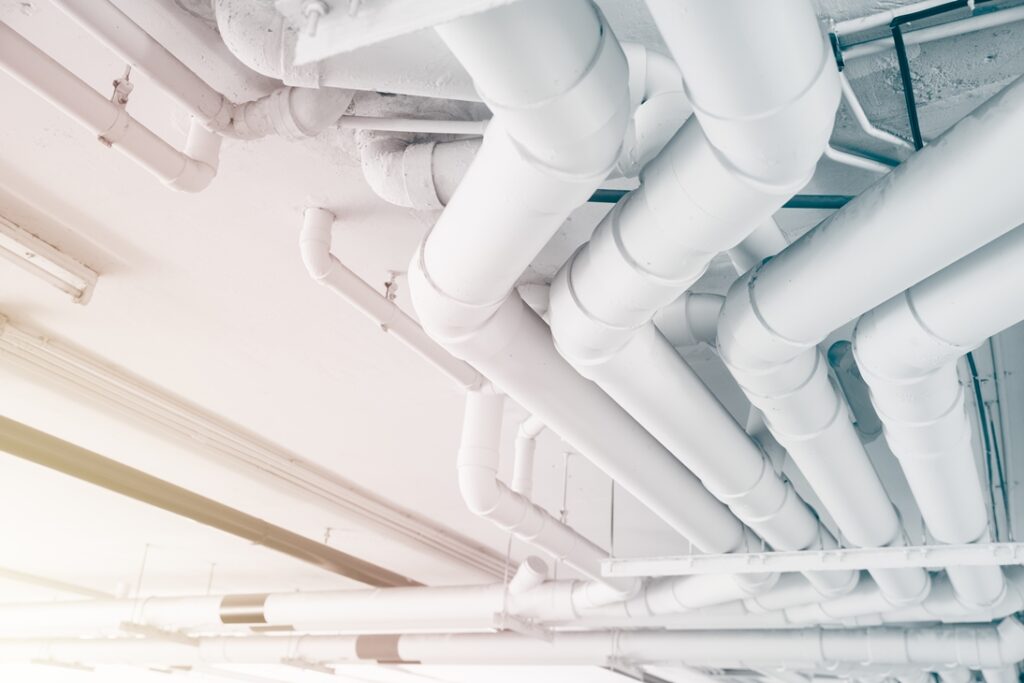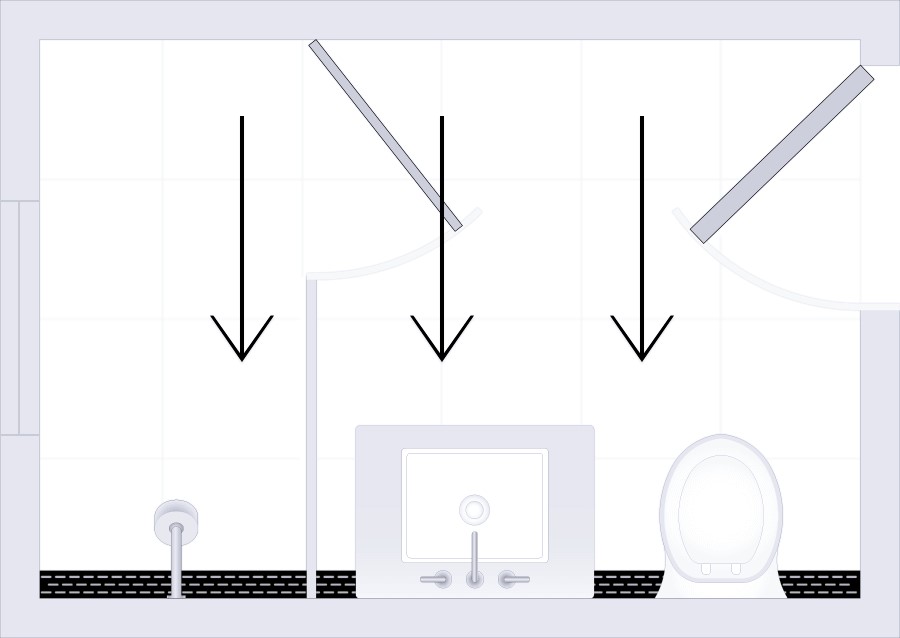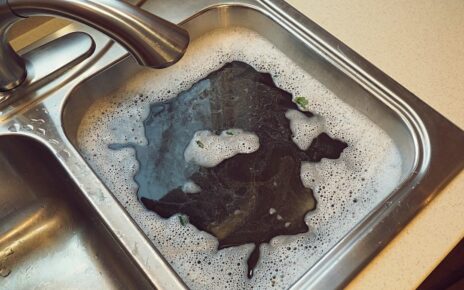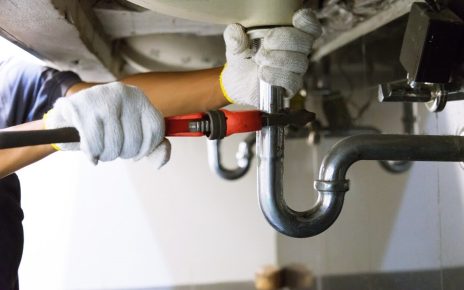Linear drains are a great way to add a little extra style and function to your bathroom or shower area. They are easy to clean and keep clean and they look better than traditional drains, which usually have holes in them that collect water after you use them.A linear drain is installed with an opening at one end that allows the water to flow through so it doesn’t back up when you’re using the shower or bathtub.
Linear drains come in all different sizes so make sure you know what size your toiletry area needs before buying one!
Table of Contents
Construction of the Drain
The construction of the drain depends on the size and type of the drain you are installing. Linear drains, for example, are made of a plastic material that is flexible, but also strong enough to withstand pressure. Traditional shower drains use PVC piping because it’s more durable than other types of plastics and will last longer in your bathroom or kitchen. Some linear drains will have brass parts in order to provide better durability against corrosion over time.
Width of the Opening
The width of your drain opening is expressed in inches (or millimeters). The depth is expressed either in inches or as a percentage of the width. For example, if you had an opening that was 3″ wide and 10″ long, it would be called 35% since 3 divided by 10 equals 0.3.
The height is determined by measuring from where the water will flow down into your drain line to where it stops flowing into another part of your plumbing system or directly into soil (as in a sump pump).
Width: Measure from two opposite sides of the opening to determine its total width; then measure from one side only to determine its length.
Depth: Measure from side-to-side across bottom edge at lowest point on each side; add together both measurements for total depth measurement
Height: Measure top edge downward at right angle(perpendicular), until reaching bottom edge at end furthest away from point where water enters (or leaves) your table saw standpipe assembly
Showering Area
The showering area is measured from the center of the drain to either side. The most common dimension used is L (length), but it can also be measured in width or depth.
For example, if your shower has a drain that is 3 feet wide and 4 feet long, then you would specify “3L x 4D” as your required linear drain size.
The second method for specifying linear drains requires a little more work on your part:
Grate
The grate, which is the top of the drain that prevents water from going down it, is not standard and varies depending on your specific needs. Make sure to get the correct size so that it can fit into your existing opening (e.g., basement floor drain) as well as over the pipe connection.

Pipe Connection Size
The size of pipe that connects to your drain is called the “pipe connection size.” This measurement should be between 1/2 inch and 1 inch. If you’re connecting to a large drain stack, you may need to go up to 3/4 inch or even more.
The pipe connection size is not just important for how much flow the drain can handle; it also affects how much material can accumulate in the line before it needs to be cleaned out by a professional contractor or plumber.
Buy the specific size that your shower area needs.
The size of your linear drain should be selected based on the dimensions of your shower area. If you buy too small, it will be difficult to install and may look bad. If you buy too large, then it will be a waste of money and space in your bathroom.
It’s important that you don’t assume that all linear drains are created equal; some sizes are more suitable for certain applications than others. In order to ensure that your linear drain is the correct size for your application, take time to measure and calculate before making any purchases.
The narrowest linear drains are 24 inches wide, but drains go up to 40 inches wide or more.
What is a Linear Drain?
Linear drains are installed horizontally, as opposed to circular and square drains which are installed vertically. Linear drains can be installed under a shower, sink, toilet or tub. They can also be used for vanities or sinks.
Some of the most common problems with linear drains are:
- Blockage from hair and debris that has been trapped within the drain pipe (this is known as “hair clogging”)
- Drainage issues such as slow draining water or standing water not draining at all
Before you purchase make sure you know what it is about your project that will be supported by the drain you want
When you’re considering purchasing a linear drain, it’s important to know what type of project you’ll be using it in. This will help you predict how much use the drain will get and how long it will last. For example, if your project involves a lot of water flow, then a smaller linear drain might not be the best choice because they are made of PVC and can crack under too much pressure. In this case, consider getting an HDPE or HDPE+PVC mix instead as these materials are more durable when faced with high amounts of flow.
There are many different types of liners available on the market today such as PVC Liners which are durable but sometimes prone to cracking due to intense pressure from heavy loads; HDPE Liners (High Density Polyethylene) which have great strength but may warp over time due to constant exposure to heat; PEXL-100 (Polyethylene Cross Linked) which are flexible enough for installation without breaking but also have good durability properties as well; and finally Cast Iron Sewer Main Liners which offer good corrosion resistance against chemicals like acids or alkalis found within sewage systems among other benefits including being non-corrosive themselves without being damaged by these harsh substances either!

Specify the Correct Size of Linear Drain Conclusion
Linear drains are a great way to ensure that your project runs smoothly. They can be used for many different applications, but it is important that you know the size of drain necessary so that it will fit properly in your space. With this guide, we hope that you have gained more insight into how these work!




